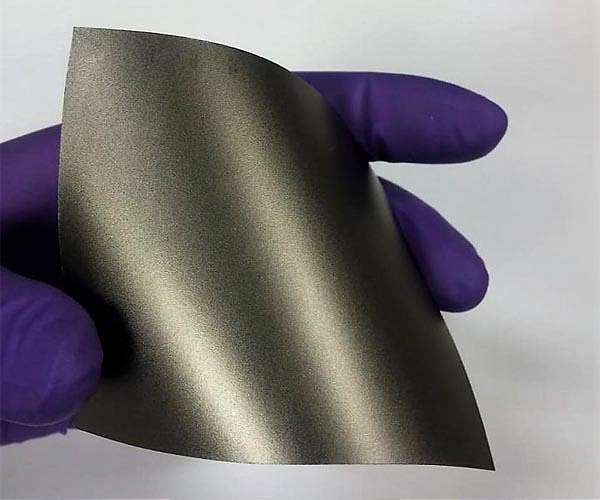Role of barrier films in maintaining the stability of perovskiet solar cells
Perovskiet solar cells (PSCs) offer promising progress in renewable energy due to their high efficiency, lightweight and flexible properties. However, their commercial viability is challenged by their vulnerability to environmental conditions, in particular warmth and humidity.
To tackle this number, a research team led by Professor Takashi Minemoto, a fellow on the Ritsumeikan Advanced Research Academy, next to Dr. Abdurashid Mavlonov of Ritsumeikan University’s Research Organization of Science and Technology and Dr. Akinobu Hayakawa from Sekisui Chemical Co., Ltd. , an in-depth study conducted into the sustainability of PSC modules under hard environmental conditions. Their research, published in part 286 of * Zonne -Energy * on January 15, 2025, was made available online for the first time on December 17, 2024.
Prof. Minemoto discussed the motivation of the study and stated: “Perovskite solar cells stand out as particularly promising because of their wet coating process with low temperature and compatibility with flexible substrates, which offer unique opportunities for the sun industry. However, the stability of perovskiet is weak compared to Conventional material, which can be improved by manufacturing processes such as encapsulation with barrier films “.
For this research, the team analyzed the sustainability of flexible PSC modules made from methylammonium lead iodide (Mapbi3) and encapsulated using polyethylene pension (PET) substrates with barrier films of varying water -vapor transmissions speeds). These modules were subject to a moist heat test at 85 ° C and 85% relative humidity to replicate long -term outdoor conditions.
After 2,000 hours of exposure, researchers have measured photovoltaic (PV) performance and rated module disposal with the help of power voltage characteristics, spectral reflection and electroluminescenting image formation. The findings confirmed that a high humidity ensured that the Mapbi3 layer shelled in lead iodide, the hindering of cargo transport and considerably reduced the efficiency of the PSC modules.
In addition, the study demonstrated the crucial role of barrier films in maintaining the stability of the module. In particular, the module with the lowest WVTR barrier kept 84% of its initial power conversion -efficiency, while modules with higher WVTR quickly deteriorated and after only 1,000 hours of functioning.
“Our study is the first to report sustainability of encapsulated flexible Mapbi3-based PSC modules. When considering solar energy applications for walls and roofs with weight limits or for mobile platforms, flexible PSCs are a great alternative to the traditional silicon panels. From our study, industries could help optimize these modules for very stable and sustainable constructs, “PROG. Minemoto out.
This research underlines the essential role of barrier films in ensuring the long-term viability of flexible PSC modules, which can reform the photovoltaic industry. By enabling generating energy at different locations, these progress help to alleviate the pressure on power grilles. In addition, improving the sustainability of PSCs increases their usability in various environments, which further accelerates the global transition to cleaner and more sustainable energy solutions.
Research report:PEROVSKIET Solar cell modules: Understand the degradation of the device via damp heat tests


